Investment casting or lost wax casting is a popular technique in valve fabrication. You can make different designs and sizes of valves depending on the mold design.
Besides, you make valves from different materials.
In this guide, we explore all the fundamental aspects of making valves through investment casting technique:
What is Valve Investment Casting?
Investment casting is another term for lost-wax casting which is one of the traditional casting methods being used to date in valve making industry. Investment casting involves the use of wax to shape ceramic materials with accuracy, design complexity, smooth finishing, and efficiency to make molds for valve fabrication.
Valve investment casting refers to a fabrication process that uses all lost wax casting techniques to make valve systems.
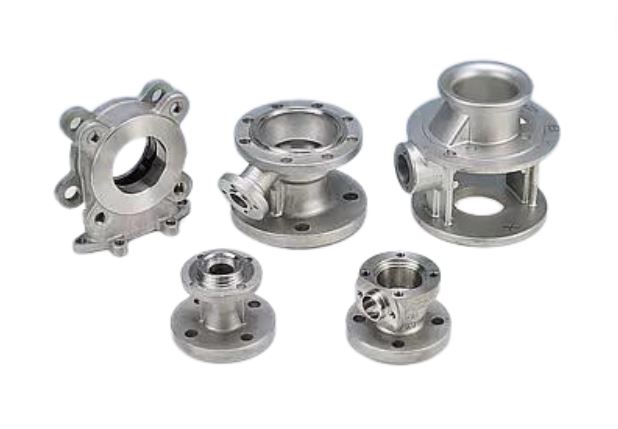
Advantages of Investment Casting Valves
Smooth Surface Finish
Valves produced through investment casting don’t need additional surface finished because they come out smooth and precise. The client doesn’t have to spend money on additional surface finishing. The manufacturer doesn’t have to spend time on additional finishing processes.
Accuracy and Precision
Accurately produced parts save on both time and money because nothing goes to waste and production is done once and for all. Valve investment casting is both accurate and precise offering great results. You can learn more about investment casting valve tolerances.
Material Recyclability
The materials used in valve investment casting can be used over and over again, saving the environment from pollution and saving on other material costs.
Complex Shapes
Investment casting can handle complex shapes and therefore produces valves of any design and shape.
Wide Range of Materials
Almost all metals can be used for making valves through investment casting. It is always up to the client of manufacturer to decide which metal type suits their needs.
Best Materials for Valve Investment Casting
With the investment casting process, you can fabricate valves from many materials such as:
Carbon Steel
Investment casting valves made from carbon steel are known for their durability and corrosion resistance. These valves can also resist extreme temperature changes. Carbon steel valves are strong and can be used for applications that involve high pressure.
Carbon steel investment valves are expensive because of their strength and durability. However, they will surely give you service for a long period of time if properly maintained.
The standard representation for carbon steel is WCA or ZG25, ASTM A216 or GS25.
Stainless Steel
Like carbon steel, stainless steel valves made through investment casting offer perfect temperature limits, good corrosion resistance, and great pressure tolerance. Due to these benefits, stainless steel valves can be used in applications such as oil refining, breweries, and marine projects.
Stainless steel is also very expensive because of the above-mentioned properties. However, it is worth the coin.
The standard representation for stainless steel is SS304 or CF3M or ZG0Cr18Ni9.
Ductile Iron
Investment casting valves made from ductile iron are important to every application that involves water flow. Ductile iron valves are better performers because they are not as stiff as cast iron materials.
Ductile iron valves are mainly used for applications like irrigation systems, wastewater treatment, energy generation, pumping stations, etc.
The standard representation of ductile iron is QT. For instance, QT400-15 means, ductile iron with tensile strength at 400 and elongation at 15.
Gray Iron
Investment casting that uses gray iron as the material is meant for applications that require very low strength. Gray iron is very brittle and can break easily under pressure.
The standard representation for ductile iron is HT250, HT300, HT150, ETC.
Step-by-step Investment Casting Valve Body
Investment casting valves is a systematic process that involves many stages. From choosing valve material, and designing mold all through to all possible surface finishes depending on the specifications.
Let’s look at how to make valves through the investment casting process:
Step 1: Making Die or Wax Pattern
The client has to define the valve application and what it should look like in terms of size, material, and shape. After the specific details, an expert must come up with the die or pattern that will give the desired product.
In this case, wax is used to create the pattern through one of the following methods; 3D printer, hand carving, or injection molding. You need to create several wax patterns for batch-processing purposes.
Step 2: Mounting Patterns to a Gating System
After making the wax pattern, the next step is to form the ceramic shell mold. This is done by attaching the wax patterns to a gating system or device. This gate device will act as a container to hold the metal during casting.
Step 3: Making Ceramic Shells
Once the gating device has been mounted, you will need to coat it with several layers of ceramic material and a final refractory material coat like sand.
The coat forms a ceramic shell around the gating device. Ceramic slurry layers should be to the desired thickness for strength with good heat resistance. So, dip the pattern into the slurry as many times as you desire.
Step 4: Removing Wax and Preheating
Heating wax in an oven will melt it down, once melted, the liquid will pour out of the device which is now coated with ceramic. Alternatively, use steam to melt the wax and pour it out of the shelled casting. Now you are left with a clean-shelled casting ready to make the desired parts.
Step 5: Casting and Cooling
At this stage, we use liquid metal or any material of choice in its molten state. Pour the liquid carefully into the space that was left by the wax inside the shelled investment casting valve housing. After pouring the liquid material, you should let it stay in there until it has fully formed a solid.
Step 6: Taking Down the Ceramic Shells
You realize that instead of the wax that was initially used, we now have the final workpiece inside the gating device. Remember it is still shelled. To get the final product, we need to first remove the shells using a hammer or any tool available.
Finally, you need to keenly get the finished products out of the gating device by cutting them at the right points.
Step 7: Quality Check
Now you have the finished product and you also need to confirm if it is perfect, if not, discard them for recycling.
Applications of Investment Casting Valve Parts
Butterfly Valve Investment Casting
Investment casting butterfly valves are mostly made from ductile iron casts because they are used in low-pressure applications.
Butterfly valves are mostly recommended for applications that lead to isolation or discharge of water flow or for fluid regulation purposes. Some of the industries that use butterfly valves include; chemical and oil, fuel supply, gas supply, wastewater treatment, and sanitary fittings.
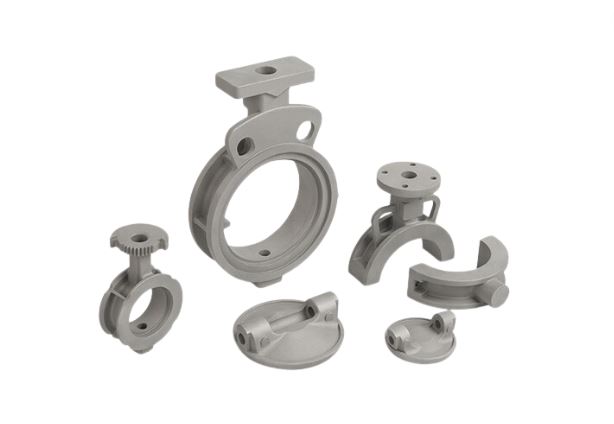
Ball Valve Investment Casting
Investment casting ball valves are mainly shut-off valves designed to allow or obstructing flowing fluids when the ball rotates. Ball valves are usually made from materials such as stainless steel, polypropylene, and polyvinyl chloride.
Ball valves are used in applications that involve high pressure but minimized pressure drop such as oil, gas, and fuel industries.

Investment casting ball valves are a bit expensive because they are made up of three components including the shaft, ball, and seat.
Investment Casting Gate Valves
A gate valve operates when the gate or the barrier is lifted out for the fluid to pass through. Gate valves are made up of a wheel, gland, disc, seat, and valve body.
Investment casting ball valves are made using metals that are not so strong and cannot stand high-pressure applications like ductile iron.
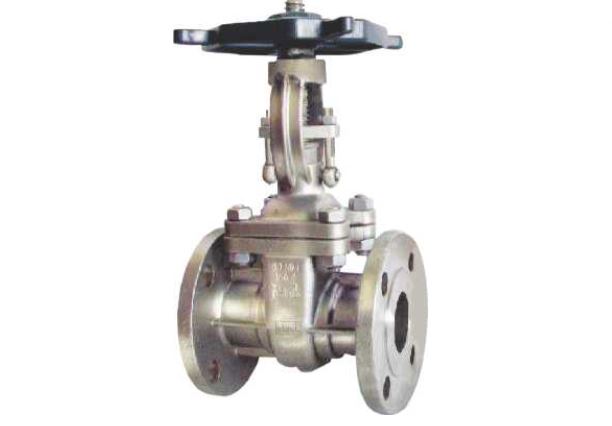
Gate valves are generally used in pipes that distribute all types of water including drinking and waste water.
Globe Valves Investment Casting
Globe valves are different from ball valves because they work in a linear motion. They function by stopping, starting or regulating fluid flow in pipelines.
The main application for the globe valve is in water faucets to control or stop or start water flow. They can be controlled automatically or manually.
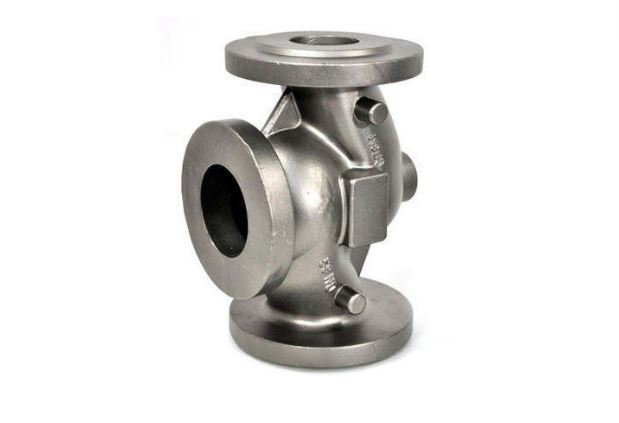
Check Valve Lost Wax Casting
Lost wax casting check valves are designed for a one-direction flow, meaning the flow cannot move backward past the valve. The application of pressure on one side opens the valve to allow fluid. However, pressure applied on the other side closes the valve preventing fluid flow.
Check valves are mainly used in applications such as mining, oil, and gas, power, pharmaceutical, and processing industries.
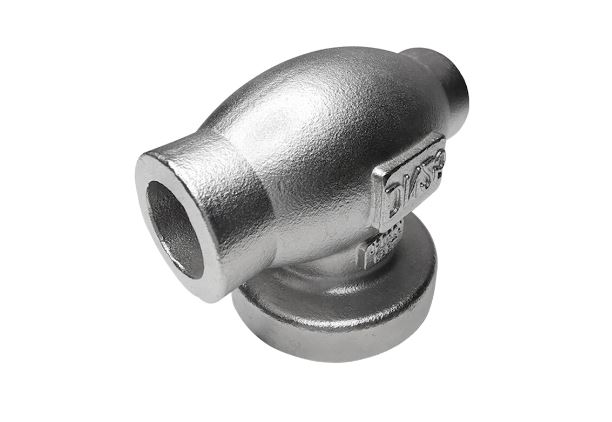
Investment Casting Control Valves
Control valves are power-operated valves that can regulate the amount of fluid passing through them as is determined by the operator.
Investment casting control valves are mainly used in the oil and gas industries to control fluid flow.
Conclusion
Clearly, an investment casting valve is a versatile technique that produces these pipe fittings with high precision. You can cast many valves or valve parts depending on your unique specifications.



